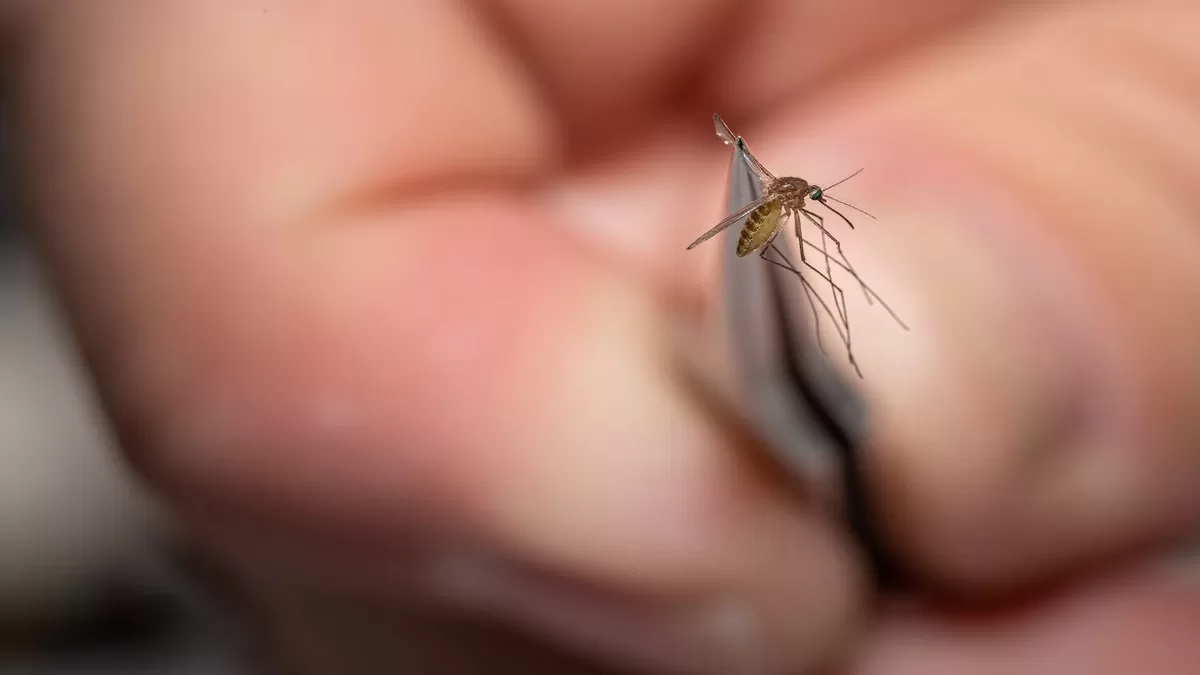New York state reports 1st human case of EEE in nearly a decade – ABC News
New York Confirms First Eastern Equine Encephalitis Case Since 2015—What You Need to Know
New York has reported its first case of Eastern Equine Encephalitis (EEE) since 2015. A resident of Ulster County has tested positive for the rare and dangerous mosquito-borne virus. The New York State Department of Health made the announcement on Friday, September 20, 2024. The patient is currently hospitalized, and the Ulster County Department of Health has launched an investigation into the case. This marks a troubling reappearance of EEE, which had not affected any humans in the state for nearly a decade.
The EEE virus is a rare but potentially fatal disease spread through the bite of an infected mosquito. It primarily affects horses, but humans can contract the virus as well, with severe consequences. Earlier in the summer, a horse in Ulster County also tested positive for the virus, which raised concerns that the virus could spread to humans.
Before this case, the last human infection of EEE in New York was reported back in 2015. This makes the new case a significant event, reminding New Yorkers of the lurking danger posed by mosquitoes. So far, at least 10 cases of EEE have been reported across the United States this year, including one in neighboring New Jersey and a deadly case in New Hampshire. The virus tends to make occasional appearances, but when it does, the risks are high.
EEE is known for its severity. According to the New York State Department of Health, not everyone infected with the virus will show symptoms. Many people may remain unaware that they were infected, but in more severe cases, the virus can lead to potentially life-threatening complications. Initial symptoms of severe EEE cases include headaches, a sudden high fever, chills, and vomiting. As the virus progresses, it can lead to brain inflammation, seizures, and even comas. The fatality rate for severe cases is approximately 30%. Survivors of the disease may suffer long-term neurological problems, such as memory loss and intellectual disabilities.
The fact that there is no vaccine for EEE makes it all the more alarming. The lack of a cure leaves prevention as the only defense against the virus. Health officials are urging people in New York, especially those in mosquito-prone areas like Ulster County, to take extra precautions to avoid mosquito bites. This includes wearing long sleeves and pants when outside, especially during dawn and dusk when mosquitoes are most active. Additionally, it’s important to use mosquito repellents and to ensure that windows and doors have proper screens to keep mosquitoes out.
Another key preventive measure is removing any sources of standing water near homes and yards. Mosquitoes lay eggs in standing water, and by eliminating these breeding grounds, people can reduce the risk of mosquito bites. Items such as birdbaths, flower pots, and clogged gutters should be emptied regularly to prevent mosquitoes from multiplying.
While EEE cases remain rare, their severity cannot be understated. Health experts continue to monitor mosquito populations in areas where the virus has been detected. They are also advising residents to remain vigilant, particularly in areas where cases have already been reported.
EEE primarily circulates in swampy or wooded regions where mosquito populations thrive. This means that people living in rural areas, or those who enjoy outdoor activities like hiking, camping, or fishing, should be extra cautious. Even though the summer season is coming to an end, mosquitoes can still be active until the first frost.
New Yorkers should remain alert for any updates from local health departments about EEE and other mosquito-borne diseases. Public health officials continue to emphasize the importance of community-wide efforts to control mosquito populations and prevent the spread of the virus.
For now, the case in Ulster County serves as a reminder of the ongoing risks posed by mosquito-borne illnesses like EEE. While these viruses may not make headlines every year, they have the potential to cause serious harm. By taking preventive measures and staying informed, residents can help reduce the chances of contracting this dangerous virus.
As of now, there is no indication that the virus has spread to other individuals in the area. The Ulster County Department of Health continues to investigate the case and has issued warnings to the public to stay cautious. Meanwhile, residents are urged to report any unusual health symptoms, especially those resembling the early signs of EEE.
For further updates and advice on how to protect yourself and your family, be sure to follow announcements from local and state health authorities.
#EEEVirus #MosquitoSafety #NewYorkHealth #UlsterCounty #VirusAlert
